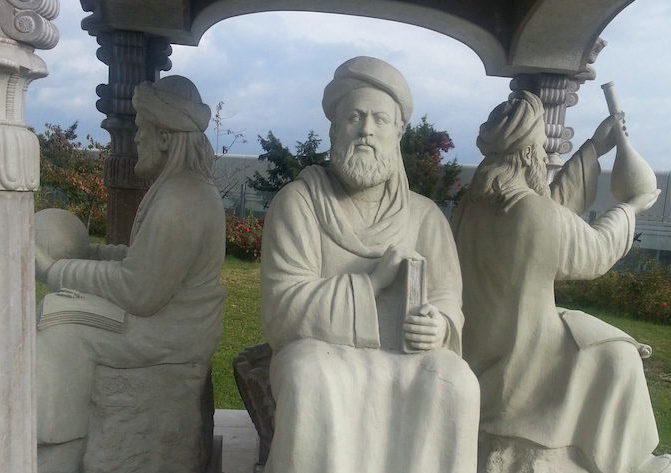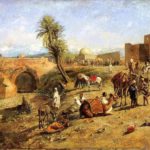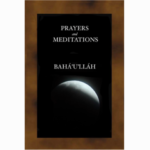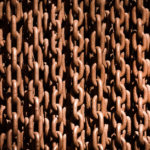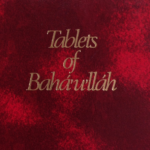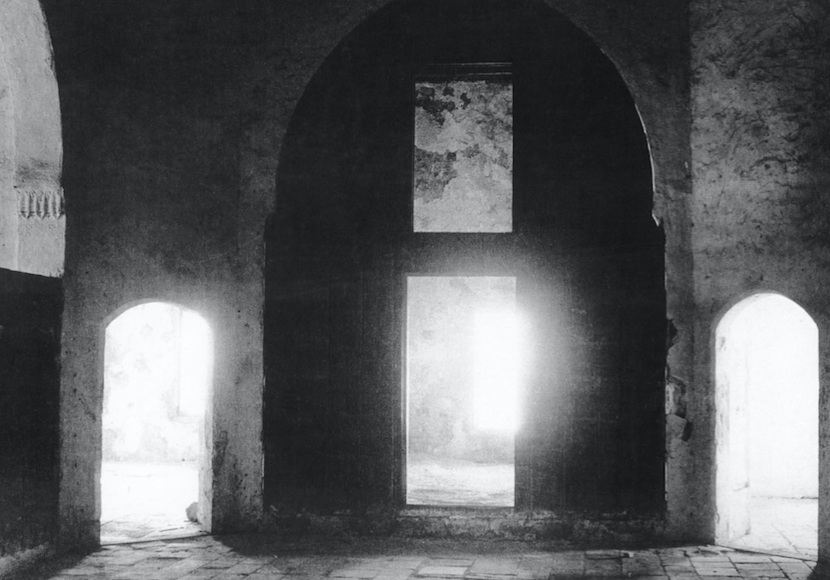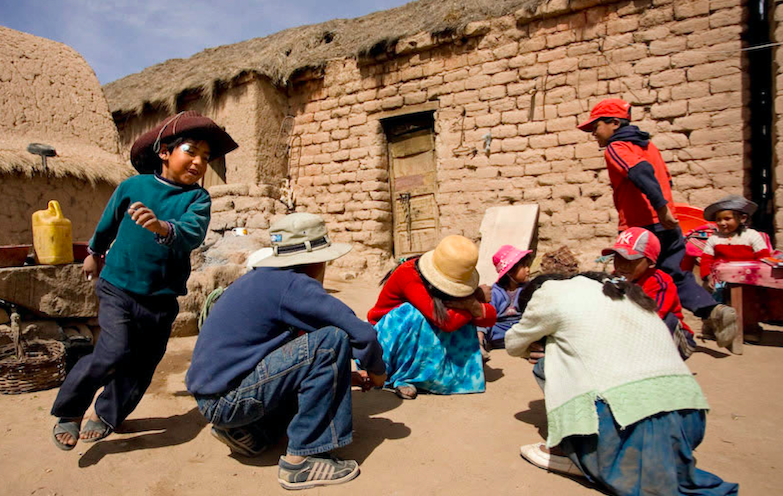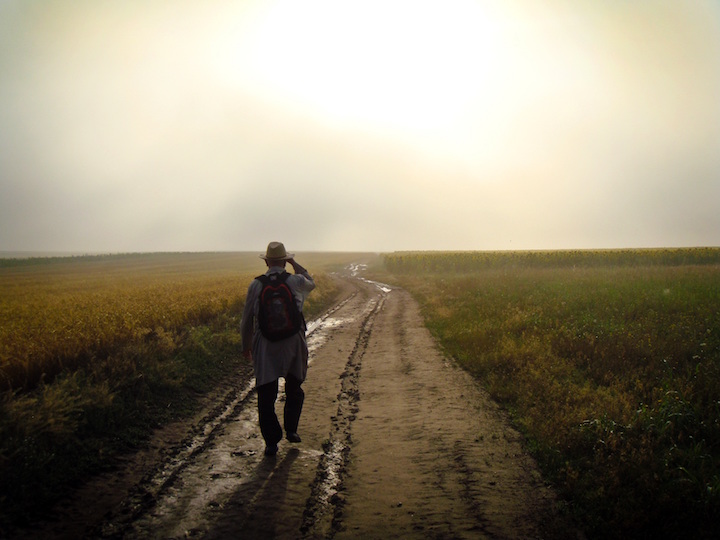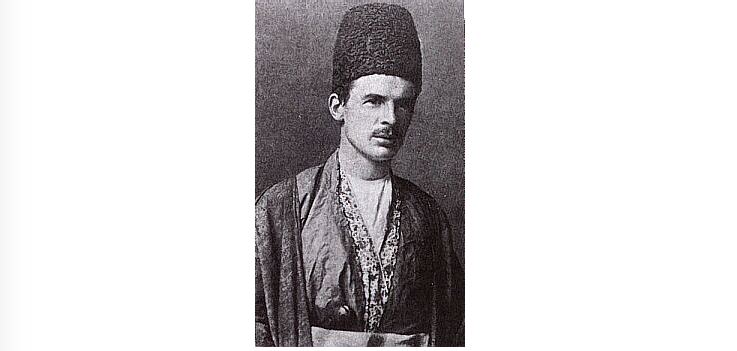
Edward Granville Browne – the only western scholar to meet Bahá’u’lláh
 Edward Granville Browne was a young man in England when he first came across a most amazing account. It was the story of a severely persecuted and new born faith. He recalls the impression it made on him:
Edward Granville Browne was a young man in England when he first came across a most amazing account. It was the story of a severely persecuted and new born faith. He recalls the impression it made on him:
My attention was first attracted to the subject by .. the .. work of M. le Comte de Gobineau … entitled “Religions et Philosophies dans l’Asie Centrale,” from whose graphic and vivid description of the first beginnings and early struggles of the Babis I derived more pleasure than I can describe. Anxious to learn more on the subject, I sought for other accounts, which should inform me of the further progress of the sect, but to my disappointment I could find none; … All that I could learn was that the sect existed in secret, and was believed to be increasing in numbers. I therefore determined that should I ever have an opoprtunity of visiting Persia, I would make the investigation of this matter one of my chief objects.
Finally, in 1887 the opportunity came when, after being elected to a Fellowship at Pembroke College, Cambridge, Browne was encouraged to travel to Persia to improve his command of the Farsi language (of which he was an avid student).
In his book, A Year Amongst the Persians, Browne describes his journeys in Persia and the great difficulties that he encountered before he was finally able to meet any “Babis”. Although by the time he arrived he found that Babis had by and large all become Baha’is and were followers of Bahá’u’lláh.
Ultimately, Edward Granville Browne was able to meet Bahá’u’lláh when he visited Akka and he has left the only direct westerner’s account of his impressions of meeting Bahá’u’lláh and of Baha’u’llah’s words. This is how he described Bahá’u’lláh:
The face of Him on Whom I gazed I can never forget, though I cannot describe it. Those piercing eyes seemed to read one’s very soul; power and authority sat on that ample brow.… No need to ask in whose presence I stood, as I bowed myself before one who is the object of a devotion and love which kings might envy and emperors sigh for in vain.
No less striking, at least to me, was Edward Granville Browne’s descriptions of the impressions made on him by the early Baha’is, whom he was finally able to meet in Persia. Of necessity, due to severe persecutions, the Baha’is had to be very careful in whom they confided. Browne is recalling a time when he is yet to be successful in his mission of finding them, and he is in the city of Shiraz, the birthplace of the Bab and the place where the Bab declared his mission.
That he had a deep appreciation for Persia is evident and that is where Browne’s words start.
Hitherto I have spoken only of the lighter aspect of Persian life in Shiraz; of social gatherings where wine and music, dance and song, beguiled away the soft spring days, or the moonlit nights. It is time that I should turn to other memories — gatherings where no wine flowed and no music sounded; where grave faces, illumined with the light of inward conviction, and eyes gleaming with unquenchable faith, surrounded me; where the strains of the rebeck were replaced by low, earnest tones speaking of God, of the New Light, of pains resolutely endured, and of triumph confidently expected.
The memory of those assemblies can never fade from my mind; the recollection of those faces and those tones no time can efface. I have gazed with awe on the workings of a mighty Spirit, and I marvel whereunto it tends. O people of the Bab ! sorely persecuted, compelled to silence, but steadfast now as at Sheykh Tabarsi and Zanjan, what destiny is concealed for you behind the veil of the Future?
Although in later years Edward Browne did not always have the same clarity, his work in documenting this period of the Faith have earned him a debt of gratitude and affection that cannot be repaid.
Around 100 years after Edward Granville Browne wrote the words above, I was a young person in university and I attended meetings not dissimilar to those he describes. I heard those same low earnest tones and experienced the same wonder that Browne describes. Those words, those faces, I can never forget.
And when, investigating the history of what I had myself witnessed, I came across Browne’s account and read his words, I knew, beyond all doubt, that that mighty Spirit Browne described, was the same and still at work. And I recognised, in the faces of those with whom I met, the spiritual heirs of those with whom he spoke.
After a further hundred years, the Baha’i Faith has spread around the world. Some of that destiny had been unveiled. Yet, so much is still hidden behind the veils of the future.
(This article is the 129th in a series of what I hope will be 200 articles in 200 days for the 200th anniversary of the birth of Bahá’u’lláh. The anniversary is being celebrated around the world on 21 and 22 October 2017, The articles are simply my personal reflections on Bahá’u’lláh’s life and work. Any errors or inadequacies in these articles are solely my responsibility.)
Image: Edward Granville Browne in Persian dress c. 1887
Sources:
Selections from the Writings of E.G. Browne on the Babi and Baha’i Religions, ed. Moojan Momen
Edward G Browne, A Year Amongst the Persians – Impressions as to the Life, Character, and Thought of the People of Persia, received during twelve months’ residence in that country 1887-8
